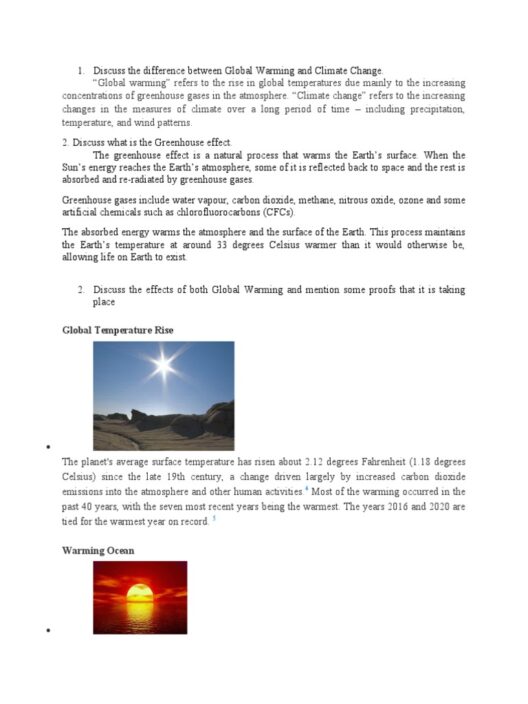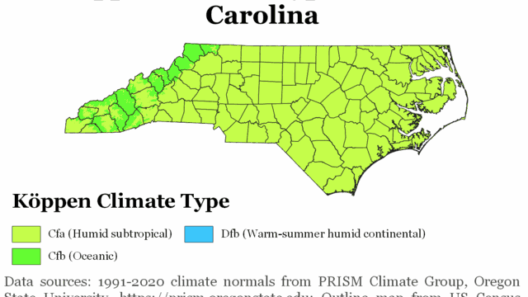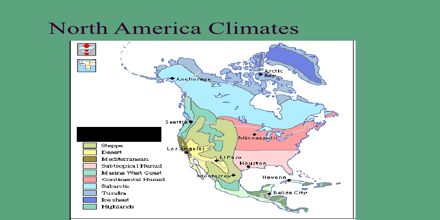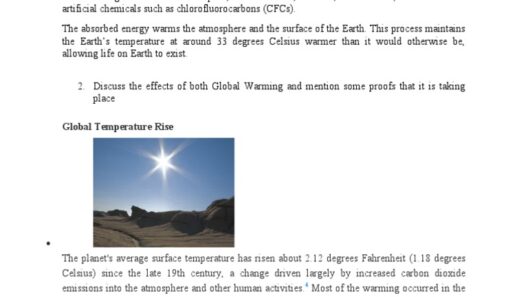Climate, in its infinite variability, shapes the very fabric of life on Earth. Spanning from the sun-drenched tropics to the frozen expanses of tundra, the planet’s climate zones are not merely geographical designations; they are ecosystems, habitats, and cultural tapestries woven from flora, fauna, and human experience. Understanding the gradients of these climates opens a portal into the mechanics of our environment, revealing how minute fluctuations can reverberate through whole ecosystems.
The Tropical Climate
The tropical climate, often regarded as paradise by many, is characterized primarily by its warm temperatures and significant rainfall. Located between the Tropic of Cancer and the Tropic of Capricorn, this climate is the cradle of biodiversity. The mean annual temperature typically exceeds 18°C (64°F), with minimal temperature variation throughout the year. These regions receive abundant precipitation, often exceeding 2,000 millimeters (78 inches) annually, which supports lush rainforests and vibrant ecosystems.
Microclimates thrive here, from the dense, humid rainforests teeming with life to the drier savannas where seasonal droughts dictate the rhythm of existence. The sheer variety of species found within tropical ecosystems—ranging from omnipresent birds to towering trees and exotic plants—illustrates the richness that this climate can harbor. The interplay of light, moisture, and temperature fosters photosynthetic zeal, creating a tapestry of life that is as intricate as it is vital.
The Tundra Climate
In stark contrast to the tropical regions lies the tundra climate, a realm defined not by abundance but by harsh conditions. Located predominantly at high latitudes, including the Arctic and Antarctic regions, the tundra is marked by its frigid temperatures, which average below 0°C (32°F) for most of the year. Precipitation is minimal and typically falls as snow, making this ecosystem one of the least hospitable for most forms of life.
Permafrost, a layer of permanently frozen soil, constitutes the tundra’s defining characteristic. This unique feature restricts root development for lush vegetation, compelling organisms to adapt to an austere existence. The plant life in tundra regions includes mosses, lichens, and hardy shrubs, struggling to survive amidst extreme conditions and short growing seasons.
Intermediate Climates: The Transition Zones
Between these extremes are intermediate climate zones—transition areas that create a fascinating interplay of species and ecosystems. These regions, such as the temperate climates, exhibit moderate temperatures and precipitation, serving as a buffer between the lushness of the tropics and the desolation of the tundra. Deciduous forests, grasslands, and Mediterranean climates flourish here, showcasing a diverse range of ecological interactions.
In temperate zones, the seasons dictate life cycles, encouraging a variety of flora and fauna to coexist. The interplay of seasons facilitates unique adaptive strategies, with many species developing mechanisms to survive winter’s chill or summer’s heat. Here, the majestic oak trees shed their leaves, while migratory birds embark on journeys that illustrate the interconnectedness of aerial and terrestrial ecosystems.
Climate Zones and Global Patterns
Climate is not merely an assortment of isolated regions; it operates within a global framework that includes atmospheric circulation, ocean currents, and solar radiation patterns. The distribution of climate zones is intricately linked to these global phenomena. For instance, trade winds in the tropics contribute to the uplifting of warm, moist air, which, upon rising, cools and condenses to produce rain. Conversely, the polar regions experience a lack of solar energy, leading to prolonged winter cycles and limited vegetation.
Human activities have begun to alter these delicate balances. Climate change, instigated by fossil fuel consumption, deforestation, and industrial practices, exacerbates temperature extremes and alters precipitation patterns. Regions once characterized by tropical climates are beginning to exhibit symptoms of encroaching desertification, while tundra areas are experiencing thawing conditions that release greenhouse gases, further inflating the cycle of warming.
The Importance of Understanding Climate Zones
An understanding of climate zones is imperative for numerous reasons. Firstly, it informs conservation efforts aimed at protecting biodiversity, which is essential for maintaining ecological balance. Secondly, awareness of climatic variations aids in the development of agriculture and land management practices suited to specific regions. Finally, grasping how climate systems interlink supports proactive strategies against climate change, fostering resilience in both natural ecosystems and human societies.
As the boundaries of these climates blur and evolve, it beckons a collective consciousness to take action. The shift in perspective from merely observing these zones to understanding their delicate interdependence is crucial. Each climate zone plays a significant role within the broader environmental tapestry, and disruption in one affects all others, perpetuating a cycle of change that calls for immediate environmental stewardship.
A Call to Action
As stewards of this shared planet, the onus is upon humanity to guard against the reckless changes imposed on our climates. By championing sustainable practices, advocating for renewable energy, and supporting conservation, individuals and communities can work toward restoring the balance necessary to preserve our invaluable ecosystems. Knowledge is power; empowered with the understanding of our planet’s climatic diversity, we can foster a future that honors the intricate dance between all climate zones—from tropical rainforests to spectral tundras.
In conclusion, the spectrum of global climates—from the sun-soaked tropics to the icy embrace of tundras—serves as a reminder of nature’s diversity and resilience. Clinging to this understanding is paramount, for it is within this mosaic of ecosystems that humanity’s survival lies intertwined.







